Description
What is a 2G 3G 4G Antenna Built-in Flexible PCB Antenna?
The 2G 3G 4G Antenna Built-in Flexible PCB Antenna Item Model CTRF-ANTENNA-FPC-7027-9722-IPEX FPC Antenna is the GSM GPRS WCDMA LTE Built-in Antenna 2G 3G 4G LTE antenna And Embedded Antenna FPC antenna Designed by C&T RF Antennas Inc.
The CTRF-ANTENNA-FPC-7027-9722-IPEX item 2G 3G 4G Antenna Built-in Flexible PCB Antenna has a 97x22mm 6/8dBi high gain LTE 2G 3G 4G Built-in Flexible PCB Antenna size used for GSM GPRS WCDMA LTE frequencies Built-in Antenna 2G 3G 4G for IoT M2M industries.
Best Quality Cellphones & Telecommunications Directly 4G antenna from China Suppliers C&T RF Antennas Inc of the FPC antenna GSM 2G 3G 4G LTE.
C&T RF Antennas Inc provides internal & external antennas with antenna radio frequencies such as NFC, 169MHz, 230MHz, 315MHz, 433MHz, 868MHz, 915MHz, VHF&UHF, Lora, NB-IoT, ADS-B, GSM, GNSS, GPRS, 1.2 GHz, 1.4 GHz, 1.8 GHz, Wi-Fi 2.4 GHz, 5.8 GHz, Cellular 2G, 3G, 3.5 GHz, 4G LTE, GPS, 5G NR, 6G, etc.
C&T RF Antennas Inc. provides RF antennae with Omni & Directional antenna types such as Dipole Antennas, Whip Antennas, Marine Antennas, Router Antennas, MIMO Antennas, Combo Antennas, PCB Antennas, FPC Antennas, Spring Antennas, Magnetic Antennas, Sector Antennas, Yagi Antennas, and Accessories, etc, for IoT & M2M industries.
2G 3G 4G Antenna Built-in Flexible PCB Antenna Are Available At C&T RF Antennas Inc. Contact Us For the 2G 3G 4G Antenna Built-in Flexible PCB Antenna Inventory, 2G 3G 4G Antenna Built-in Flexible PCB Antenna Pricing, 2G 3G 4G Antenna Built-in Flexible PCB Antenna Datasheets.
2G 3G 4G Antenna Built-in Flexible PCB Antenna Specifications:
2G 3G 4G LTE Antenna Built-in Flexible PCB Antenna Electrical Specifications |
|
| RF Antenna Type | Embedded FPC Antenna |
| Model | CTRF-ANTENNA-FPC-7027-9722-IPEX |
| Frequency | 700-960MHz, 1710-2700MHz |
| Gain | 6dBi/8dBi |
| VSWR | ≤2.0 |
| Impedance | 50 Ω |
| Polarization | Vertical/Linear |
| Cable Type | RG1.13 |
| Connector | U.FL/IPEX |
| Cable Length | 100mm |
| Lightning Protection | DC-Ground |
2G 3G 4G LTE Antenna Built-in Flexible PCB Antenna Mechanical Specifications |
|
| FPC Board Dimension | 99x22mm |
| Weight | Approx. 8g |
| Material | FPCB + RG Cable + U.FL connector |
| Operation Temperature | -40˚C~+65˚C |
| Storage Temperature | -40˚C~+70˚C |
| Color | Black |
| Antenna Design | Dipole Array |
| Mounting | Connector/Peel-and-stick |
| Safety Emission and other | RoHS Compliant |
| Applications | ISM/SCADA/Utilities, IoT/NB-IoT/LoRa, 2G 3G 4G LTE/LTE-IoT, GSM/GPRS/UMTS, etc |
Built-in Flexible PCB Antenna Features
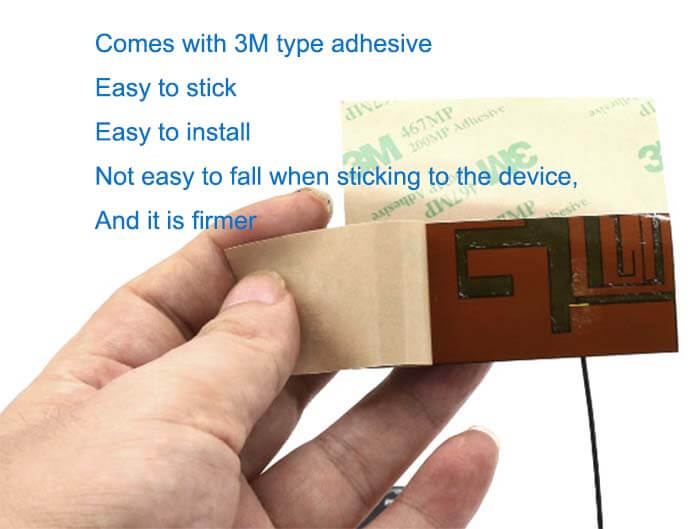
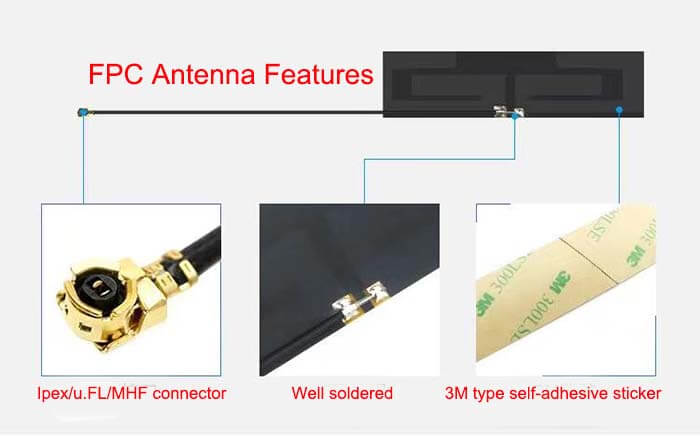

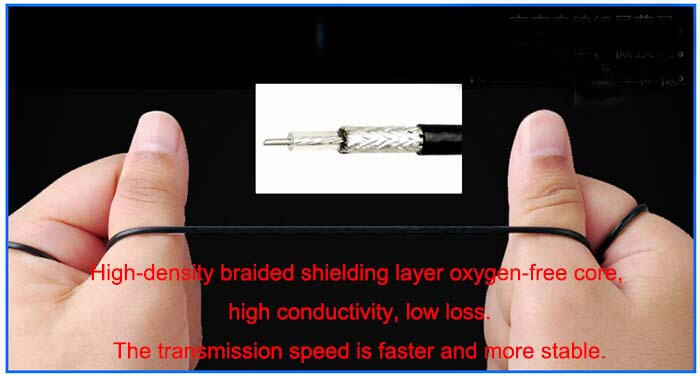

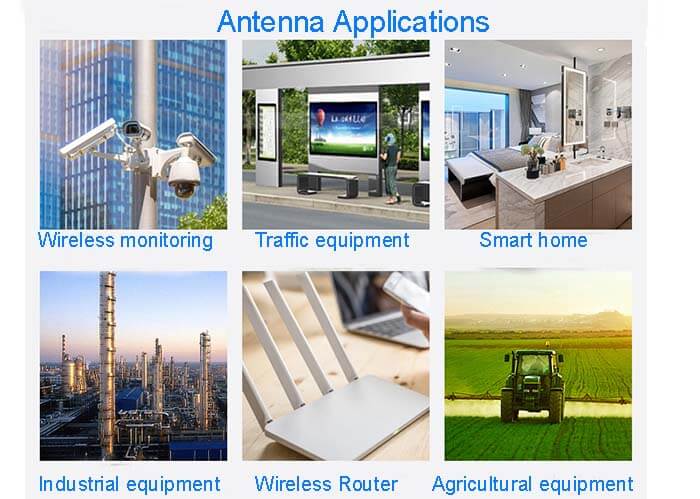
What is LTE Technology?
LTE is a concept of parity with SAE and represents a technical system. LTE is a wireless technology system and SAE is a core network technology system.
A network using LTE technology is called eUTRAN, a network using SAE technology is called EPC, and eUTRAN+EPC is collectively called EPS.
The relationship between LTE, eUTRAN, and EPS is similar to that of WCDMA, UTRAN, and UMTS.
Due to the strong publicity of LTE, LTE has gradually become the representative of LTE, SAE, EPC, eUTRAN, EPS, and other terms.
Under such circumstances, the agreement is mature and people have begun to use LTE to describe EPS, such as the LTE system and the LTE core network. Laws have emerged, similar to the previous WCDMA system and WCDMA core network, which can also be accepted.
Several major features of LTE technology:
1. It is a well-known and well-respected
It is in the same line with GSM and WCDMA technologies and has always been the mainstream of mobile communication technology, with a protagonist halo.
The relationship between LTE GSM and WCDMA is very similar to the relationship between Queen Elizabeth, Prince Charles, and Prince William of the British royal family.
2. Evolution or revolution?
From the name point of view, LTE technology is an evolution of WCDMA technology, but in essence, many have already deviated from the WCDMA technology category. It is not an exaggeration to say that it is a revolution.
Simply put, the physical layer is considered a revolution, and the link layer and network layer are still mainly inherited.
3. FDD and TDD integration
In terms of the technical system, the LTE technical specification writes FDD and TDD in one file for the first time, showing the degree of integration of the two.

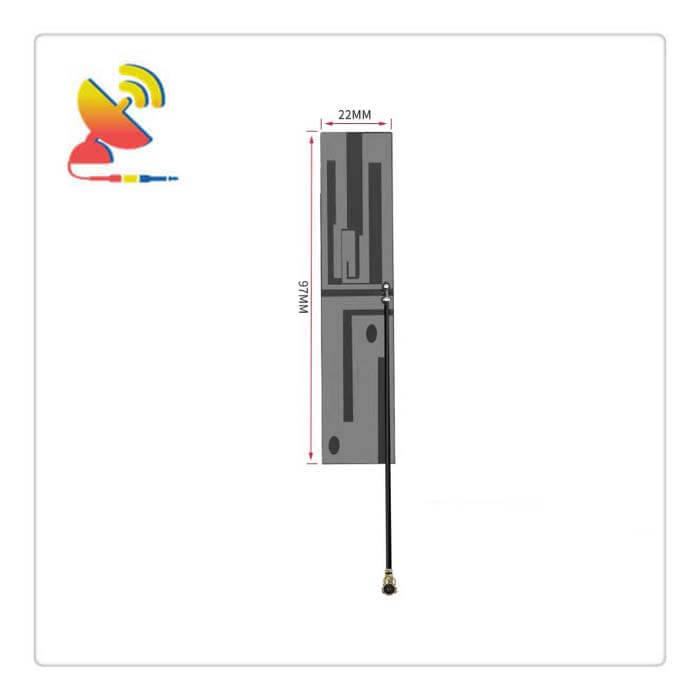


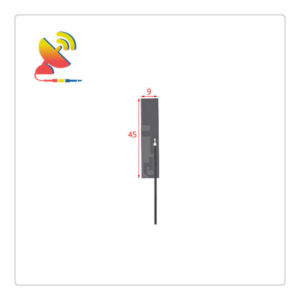
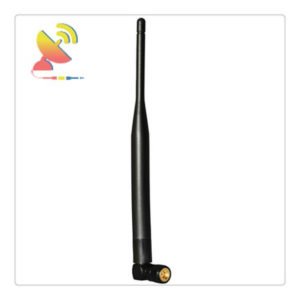
Reviews
There are no reviews yet.